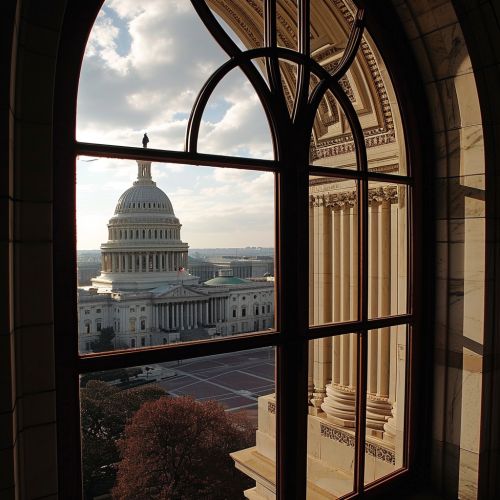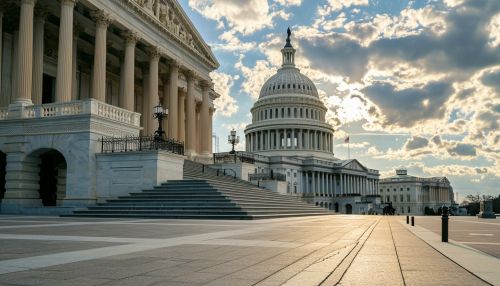Legislative Branch
Overview
The legislative branch is one of the three branches of government in the United States, alongside the executive and judicial branches. It is responsible for making laws, amending existing laws, and repealing laws that are no longer deemed necessary or relevant. The legislative branch is further divided into two houses: the Senate and the House of Representatives, collectively known as the Congress.


Structure and Composition
The legislative branch is bicameral, meaning it is divided into two separate chambers. This bicameral structure was established by the Constitution to ensure a system of checks and balances within the legislative process.
Senate
The Senate is composed of two senators from each state, regardless of the state's population size, for a total of 100 senators. Senators serve six-year terms, with one-third of the Senate up for election every two years. This staggered election cycle ensures that the Senate is never entirely composed of new members. The Vice President of the United States serves as the President of the Senate but only votes in the event of a tie.
House of Representatives
The House of Representatives, often referred to as the House, is composed of representatives from each state, with the number of representatives proportional to the state's population. There are currently 435 representatives, each serving a two-year term. Unlike the Senate, the entire House is up for election every two years.
Powers and Responsibilities
The legislative branch has several powers and responsibilities outlined in the Constitution.
Lawmaking
The primary responsibility of the legislative branch is to make laws. Bills can be introduced in either the House or the Senate, with the exception of revenue bills, which must originate in the House. Once a bill is passed by both houses, it is sent to the President for approval. If the President vetoes the bill, the Congress can override the veto with a two-thirds majority vote in both houses.
Oversight
The legislative branch also has the power of oversight over the executive and judicial branches. This includes the power to conduct investigations, hold hearings, and subpoena witnesses and documents. The legislative branch can also impeach and remove the President, Vice President, and other federal officials for "high crimes and misdemeanors."
Budget and Appropriations
The legislative branch is responsible for creating the federal budget and appropriating funds for government operations. This power of the purse is a significant check on the executive branch.
Historical Significance
The structure and powers of the legislative branch have evolved over time, with significant events and legislation shaping its current form.
The Great Compromise
The bicameral structure of the legislative branch was established by the Great Compromise during the Constitutional Convention in 1787. This compromise between large and small states resulted in a Senate with equal representation for each state and a House of Representatives with representation based on population.
The 17th Amendment
Prior to the 17th Amendment, senators were chosen by state legislatures. The 17th Amendment, ratified in 1913, established the direct election of senators by the people of each state.
